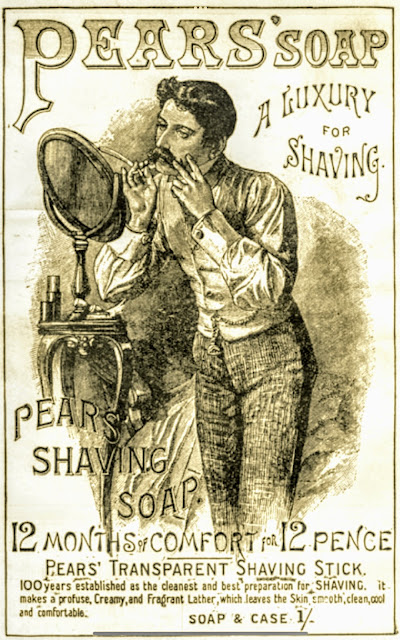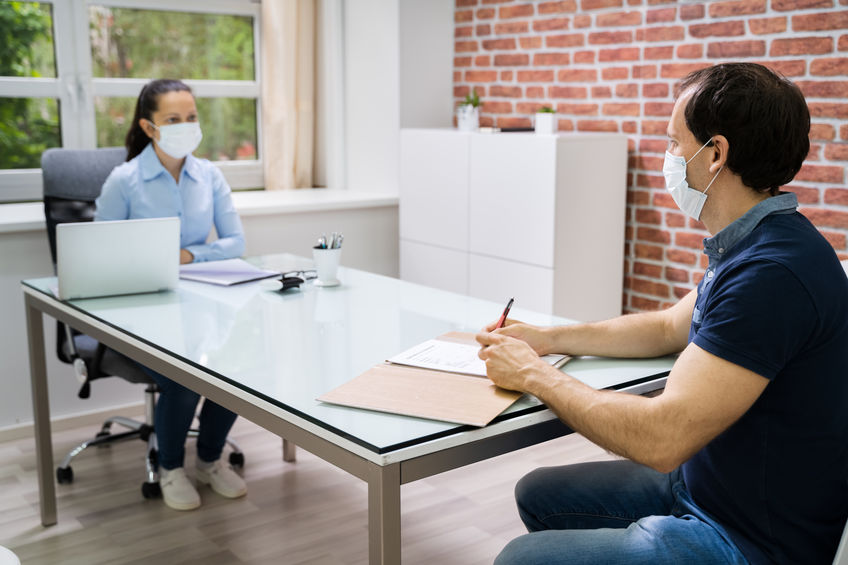 |
| Recently I surveyed a number of people to ascertain their views on Covid-19. Some weren't so concerned, feeling that it is just one virus amongst many that will eventually go away. Others are, understandably, on high alert, concerned and taking all necessary precautions. However, everyone understood the need for respiratory etiquette and social distancing at this time. Many are wearing gloves to add an extra layer of protection, as well as a reminder not to touch their faces. |
What is Covid-Etiquette?
Covid-19 is a coronavirus that can cause significant respiratory illness especially in the aged and those with chronic disease. As a pandemic, its effects have touched every corner of the globe, and our lives have been changed. We can't work, go to school, play and interact in the same ways as before - we must distance ourselves socially in order to protect ourselves and others. Thus, we've needed to adapt to a new set of social etiquette rules:
The Delayed Greeting:
Recently I surveyed a number of people to ascertain their views on Covid-19. Some weren't so concerned, feeling that it is just one virus amongst many that will eventually go away. Others are, understandably, on high alert, concerned and taking all necessary precautions. However, everyone understood the need for respiratory etiquette and social distancing at this time. Many are wearing gloves to add an extra layer of protection, as well as a reminder not to touch their faces.
With this in mind, handshakes are on pause everywhere. When making an introduction, wait for a few seconds and observe the person you are greeting and allow how they want to greet you. You may be the person who will initiate the introduction. If so, use open body language, smile your acknowledgement, wave and promptly make an introduction, perhaps a small nod. The other person may want to just say a verbal greeting or an elbow bump or foot tap. (Tip or side of each elbow/tapping on someone shoe side on).
‘The Elbow Bump or Foot Tap’:
For those who do not mind very minimal contact, then the elbow bump may be in order. When doing so, you can have your face positioned to the side to minimise being in their personal space.
Personal Space:
Most cultures have ideals about personal space. In many western cultures personal space is estimated to be the space approximately 70cm around a person. Governmental authorities are advising today to keep at least 1.5m away. So when a person is talking to you, or positioned close to you, take note and move yourself to ensure a greater personal space.
You may be the one enclosed by a few people and feel uncomfortable. If you do, don't hesitate to politely speak up and remind others gently about the need to be distanced from each other. You may choose to quietly remove yourself from the situation.
Use Good Hygiene:
This will help prevent spread of the virus and other microbes. Use soap and alcohol gel extensively. If you feel you are about to sneeze and there are no tissues available in that moment, use the inner side of your elbow to “catch” the sneeze. Then go to wash your hands and wipe your face. Most local governments have websites with helpful health procedures that one can follow as directed.
Wearing a Face Mask:
Given that Covid-19 is passed primarily through droplets (when breathing, talking, coughing, sneezing), wearing a face mask has become de rigueur worldwide. It has been enforced by regulations in many enclosed and non-enclosed public spaces, depending on what country or city you are in. Therefore, protect your community and yourself by keeping a few face masks handy at home, in the car, your bag or back pocket. For example, in his latest media release, Daniel Andrews, State Premier for Victoria, Australia, stated that from 22nd July 2020, face masks are mandatory and anyone caught not wearing a face covering will be fined $200.
Simply put, etiquette demonstrates care, concern and kindness for yourself and others. It has never been more important on a personal, and global scale. By using the gestures listed here, you can help stop the spread of Covid-19.
Personal Information:
Revealing whether or not you have tested positive for Covid-19 is a personal choice, but only to a certain extent. If you have been advised by your physician to tell those you have been in contact with, of your positive test result, you have an obligation to do so in order for them to seek out medical assistance. But what if it is a friend or family member who has tested positive? Do you have the right or the obligation to tell others who may come into contact with them?
There is a very fine line between personal privacy and public safety. If someone is sick and knowingly goes out in public, exposing everyone to something like Covid-19, which is so highly contagious, they need to extend the courtesy to others of letting them know. If they do not extend this simple courtesy, and you know the person who is contagious actually has tested positive for Covid-19, others may be furious with you for not letting them know. In this case, the law may require you to disclose this information.
If it is not a legal requirement to say that you, or someone you know, has or has not tested positive for Covid-19, use your common sense and discretionary powers to decide how much information you wish to give. Keep in mind, however, your obligations in the workplace versus those in your family or social circles, are considerably different.
For many years, Etiquipedia contributor, Elizabeth Soos, has had a keen interest in cultural customs. With her European background and extensive travel, Soos developed an interest in the many forms of respect and cultural expectations in the countries she has visited. With her 20 years’ experience in customer service within private international companies based in Australia, and her lifetime interest in manners and research, she decided to branch out into the field of etiquette and deportment. Through her self-directed studies and by completing the Train-The-Trainer’s course offered by Emma Dupont’s School of Etiquette in London and by Guillaume Rue de Bernadac at Academie de Bernadac based in Paris and Shanghai, she founded Auersmont School of Etiquette.
Etiquette Enthusiast, Maura J Graber, is the Site Editor for the Etiquipedia© Etiquette Encyclopedia






